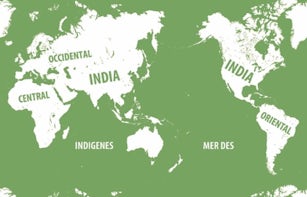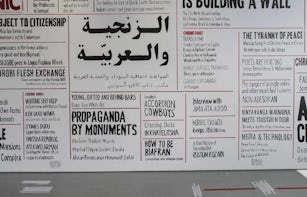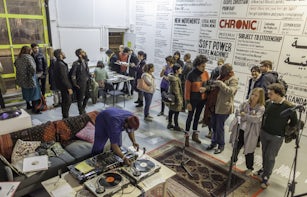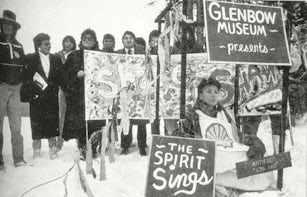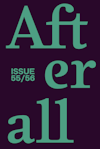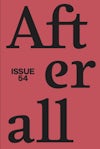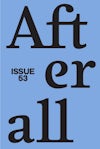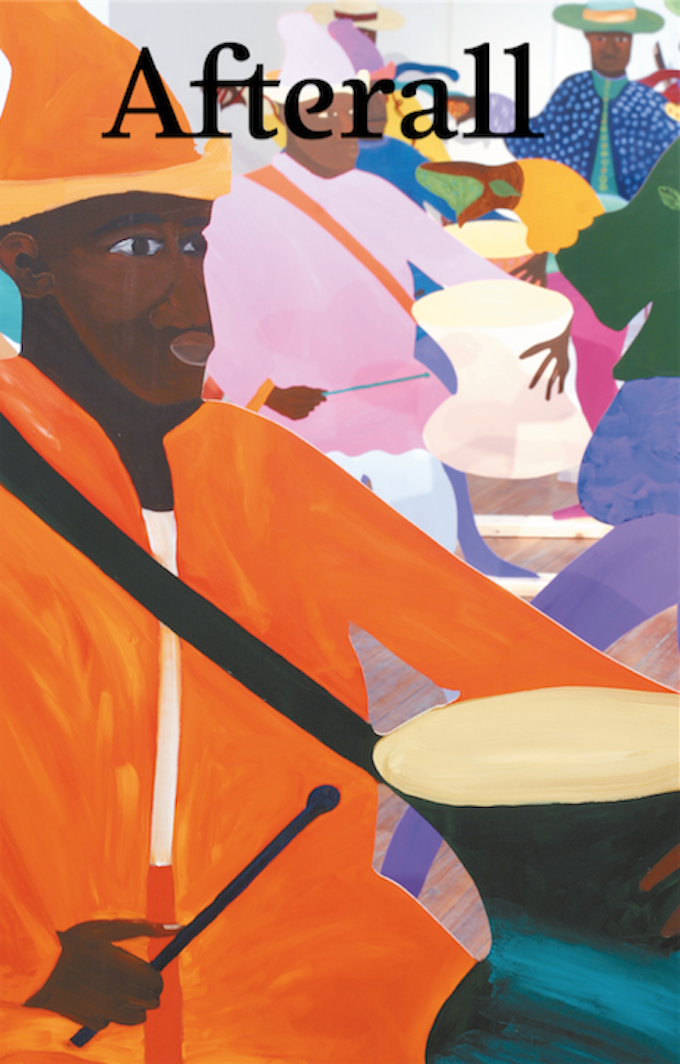
Issue 43
Spring/Summer 2017
Issue 43 of Afterall journal is organised around the themes of kinship, communitas and comunalidad. With essays on Lubaina Himid, Cecilia Vicuña, Chimurenga and the Museo Comunitario del Valle de Xico, and more.
Editors: Ana Bilbao, Anders Kreuger, Ute Meta Bauer, David Morris, Candice Hopkins, Wanda Nanibush, Charles Stankievech, Deirdre O’Dwyer.
Founding editors: Charles Esche, Mark Lewis.
Table of contents
Foreword
Contextual Essays
- Dedicated to the Anishnawbekwe – Lee Maracle
- Coloniality is Far from Over, and So Must Be Decoloniality – Walter D. Mignolo
- Fish, Kin and Hope: Tending to Water Violations in amiskwaciwâskahikan and Treaty Six Territory – Zoe Todd
- Ethno-Futurism: Leaning on the Past, Working for the Future – Anders Kreuger
Artists
Lubaina Himid
- Lubaina Himid: Revision – Hannah Black
- ‘How the political world crashes in on my personal everyday’: Lubaina Himid’s Conversations and Voices: Towards an Essay About Cotton.com – Griselda Pollock
Cecilia Vicuña
- Floating Between Past and Future: The Indigenisation of Environmental Politics – Lucy R. Lippard
Museo Comunitario del Valle de Xico
- Chronicle of a Visit to the Museo Comunitario del Valle de Xico, Or: Cultural Solidarity in the Globalised Neoliberal Age – Irmgard Emmelhainz
- ‘History is made by the people’: Fragments on the Museo Comunitario del Valle de Xico – Pablo Lafuente & Michelle Sommer
Chimurenga
- How to Eat a Forest – Ntone Edjabe
- Chimurenga insert
- Navigating pan-Africanisms: On the Chimurenga Library – Emily Pethick, Avery Gordon & Kodwo Eshun
Events, Works, Exhibitions
- What is to be Learned? On Athens and documenta 14 So Far – Stavros Stavrides
- Tendencies and Confrontations: Dakar 1966 – Cédric Vincent
- Anger and Reconciliation: A Very Brief History of Exhibiting Contemporary Indigenous Art in Canada – Lee-Ann Martin
Foreword
Written by Charles Stankievech
If there is a leitmotif to be found in this issue, it is in the variations of these mutating questions: What is indigeneity? Who defines it? Where does it exist? What is the role of kinship, communitas, comunalidad? And what role does art or the museum play? The rhythm might loop, it might skip, it might enter a fugal dissonance. And at times it might go silent.
A year ago, the Afterall editorial team met in Toronto to work on the issue you hold in your hands. Conscious that it was the first time the London-anchored journal met in the ‘colony’, Wanda Nanibush and myself organised a private round table with local Indigenous elders, artists, curators, students, professors and writers as well as the Afterall editorial team. 1 As the day grew long, the conversation shifted from histories of inclusion to understandings of structural change, which resulted in an invitation to documenta 14 curatorial advisor and Indigenous curator Candice Hopkins to join the editorial team. The current issue is also one of our most global issues to date, bringing together artists and communities that have manifested a collectivity for resistance, visibility and imagined political futures. Within these pages are artists, writers and organisations from South, Central and North America; the UK, Europe, Russia and Africa; and now Asia, since, with this issue, the journal has added the NTU Centre for Contemporary Art Singapore and Ute Meta Bauer to the editorial team.
Lee Maracle’s poem ‘Dedicated to the Anishnawbekwe’ opens this issue as we attempt to reorientate the scope of the journal’s voice. In establishing unprecedented histories, several of the essays make inclusionary moves, such as Lee-Ann Martin’s, Griselda Pollock’s and Cédric Vincent’s. Martin recounts her insider’s view of the catalysing protests, exhibitions and symposia from 1988 to 1992 that radically reshaped the cultural sphere of Canadian museums and the practice of exhibiting Indigenous art. In parallel, Pollock writes about the importance, in the UK, of ensuring she acquired a work by Black diasporic painter Lubaina Himid in the 1990s – just so ‘that Lubaina Himid was visible in a public gallery’. Vincent’s contextualisation of a contemporary art exhibition in Dakar in 1966, ‘Tendances et confrontations’, considers what was at stake at the Premier Festival mondial des arts nègres (First World Festival of Negro Arts). Vincent proposes the exhibition did not perform an ‘expression of African cultural unity’ as the overall festival was designed to do, but instead produced ‘a great heterogeneity’. Such important histories must also take into account refusals, including that of the African-American artist William Majors when he did not accept his award from the festival on the grounds he kept his art and his identity claims separate.
The inauguration of a pan-Africanist political aesthetics in Dakar in 1966 is picked up in this issue’s conversation concerning the South African collective Chimurenga, in which Kodwo Eshun, Emily Pethick and Avery F. Gordon discuss their Foucauldian-like (think of ‘Fantasia of the Library’) project at The Showroom in London. Ntone Edjabe, introduces their artistic intervention of maps into these pages in a short essay challenging the legacy of colonial surveying in Africa, which asks, ‘How do we, on the continent, create a cartography that is so exactingly representative of our fluidities, complexities and material realities?’
In contrast, Anders Kreuger considers the counter-intuitive possibility of a European indigeneity. Kreuger has meandered through oil-rich western Russia, working with artists of the Finno-Ugrian region who have survived the ebb and flow of Russian oppression for over a century. As the USSR fractured, a sliver of artists initiated the techno-utopic art movement ethno-futurism. Perhaps unexpectedly, the most compelling section of Kreuger’s essay is his philology of ‘indigeneity’, from the Samoyeds to inorodtsy. Tracing the kisiskâciwani river back to her birthplace, Métis scholar Zoe Todd challenges herself to imagine the ‘carbon and fossil beings’ of the oil that the Alberta tar sands industry is extracting as her ancestral kin. Todd’s writing frames an intergenerational family narrative, transforming a story about her grandfather’s resistance to colonial pressures into a manifesto for a future decolonised art based on care and kinship.
Purchase
The publication is available for purchase. If you would like specific articles only, it is also available individually and to be downloaded as PDFs.
Purchase full publication
Buy via University of Chicago Press
Buy via Central Books
Purchase individual articles
Buy via University of Chicago Press
